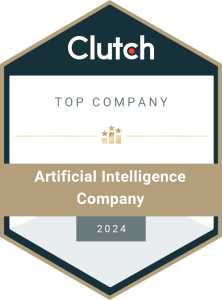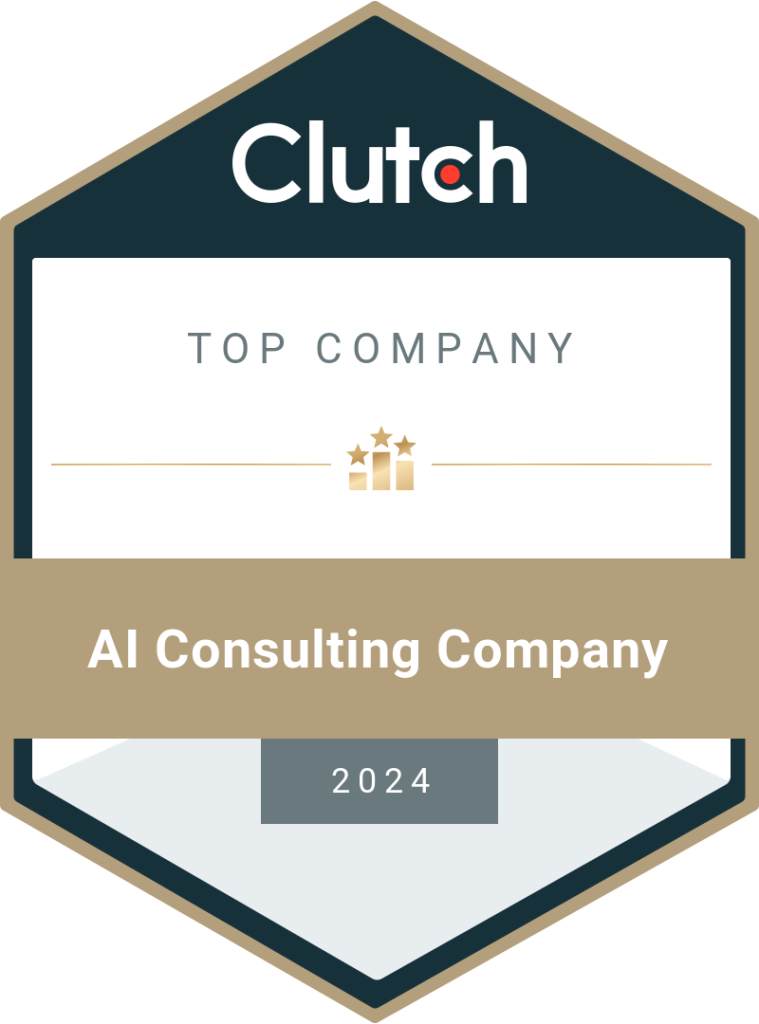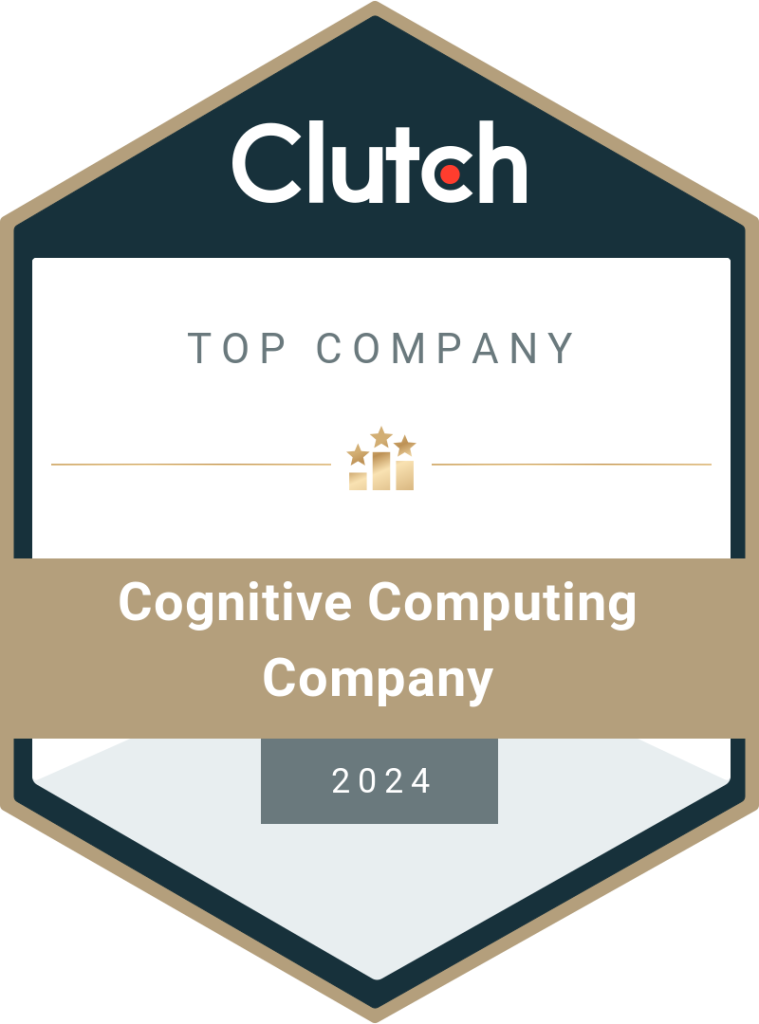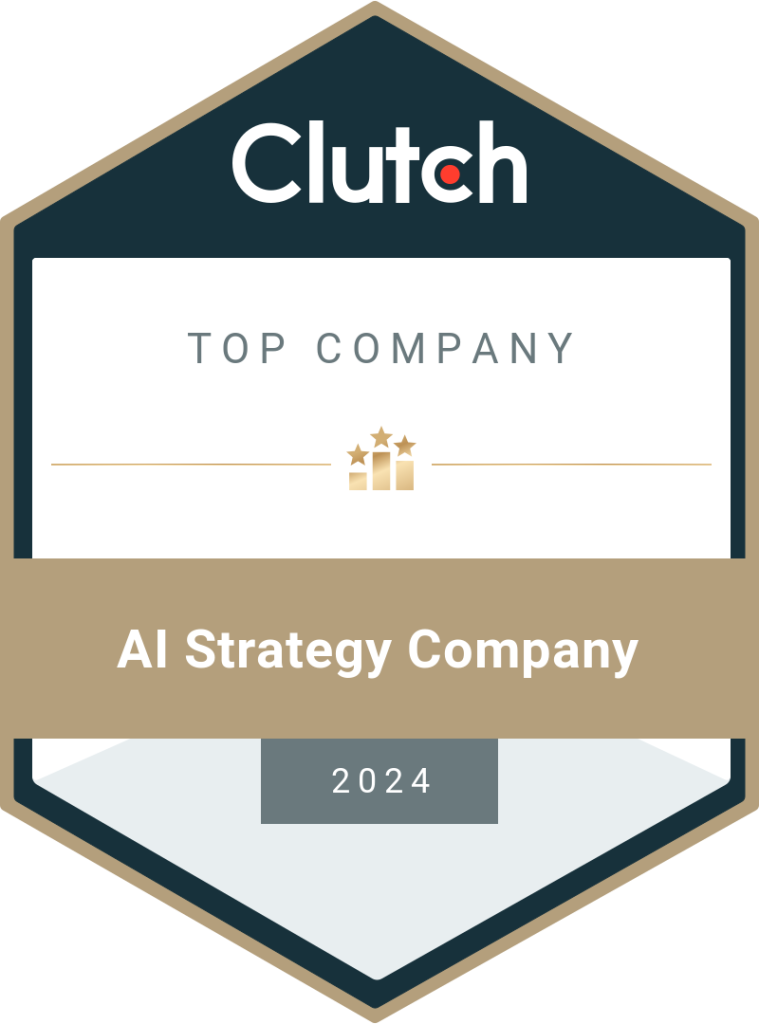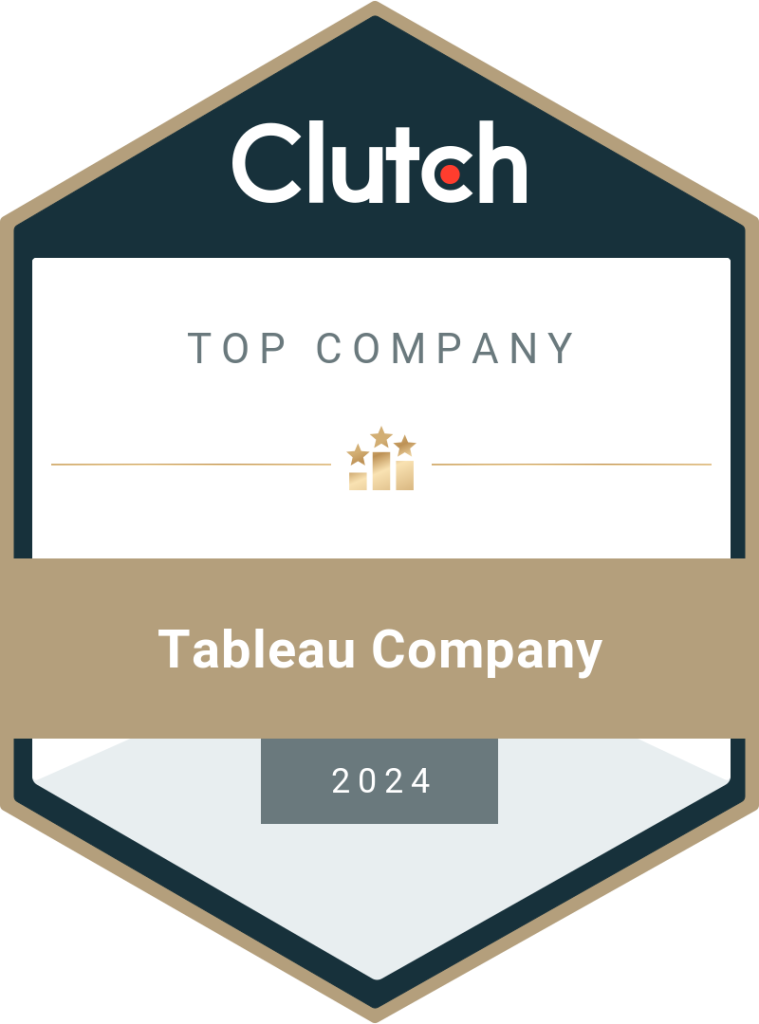Smart Video Generation from Text Using Deep Neural Networks
Creating animated videos doesn’t have to be a laborious process anymore. Artificial intelligence and deep neural networks process datasets to create videos in less time. The blog details the different AI models and techniques used for smart video generation from text. It’s no surprise that creating animated videos takes time. It’s hard work and involves several man-hours. Even with the use of technology, animated videos are still not easy to produce. However, the entry of artificial intelligence has brought new developments. Researchers from the Allen Institute for Artificial Intelligence and the University of Illinois have worked together to create an AI model called CRAFT. It stands for Composition, Retrieval, and Fusion Network. The CRAFT model took text/ description (captions) from users to generate scenes from the famous cartoon series, The Flintstones. CRAFT is entirely different from the pixel-generation model where the pixel value is determined by the values generated by previous pixels to create a video. It uses the text-to-entity segment retrieval method to collect data from the video database. The model was trained on more than 25,000 videos where each clip was three seconds and 75 frames long. All videos were individually annotated with the details of the characters in the scene and information about what the scene dealt with. That is still labor-intensive as the team has to work on adding the captions to each scene. How can AI experts help generate video from text using automated video generation models? First, let’s take a look at the problems in creating videos from different POVs. Problems in Creating Videos The major problems in creating animated videos can be categorized into the following: Problems from the General Point of View Time Consuming and Effort-Intensive There’s a high demand for animated videos, leading to a gap between demand and supply. Kids and adults love animated videos, games, etc. But the supply isn’t as much as the viewers would like. This is because the technology still hasn’t reached the stage where we can generate content in minutes and meet the increasing expectations. Video generation is still a time-consuming and laborious process that requires a lot of resources and input data. Computers are Not Enough It might seem that computers are an answer to everything. However, computers and the existing software are not advanced enough to change the video creation process. While researchers and experts are working on creating new applications to create videos in quick time, we still need to wait to experience a higher level of innovation. Problems from Deep Learning Point of View Manually Adding Text Artificial intelligence has helped develop video generation software to speed up the process. However, even AI doesn’t offer a solution to everything as yet. For example, some videos don’t have captions. But you still need to create a video from existing clips. What do you do? Well, you’ve got to manually add the captions so that the software can convert the text to video. Imagine doing that for thousands of video clips! Improper Labeling The problem doesn’t end at manually adding captions. You’ve got to label the videos as well. Now, with so many clips to work on, it’s highly possible that you might mislabel something or give a wrong caption to a couple of videos. What if you notice the error only after the smart video is generated from the given text captions? Wouldn’t that lead to more wastage of resources, and poor-quality videos? More than CRAFT Model While the CRAFT model is indeed a worthy invention, the world needs something better and more advanced than this. Moreover, the CRAFT model is limited to creating cartoons and cannot work with all kinds of video clips. Introduction to NLP and CV Well, we’ve seen the challenges faced by the video industries and AI researchers. Wouldn’t it be great to find a solution to overcome these challenges? Oh, yes! That’s exactly what we’ll be doing in this blog. However, we’ll first get a basic idea about the two major concepts that are an inherent part of smart video generation from the text. Yep, we are talking about NLP (Natural Language Processing) and CV (Computer Vision), the two branches of artificial intelligence. Natural Language Processing (NLP) NLP can be termed as a medium of communication between a human and a machine. This is, of course, a layman’s explanation. Just like how we use languages to communicate with each other, computers use their own language (the binary code) to exchange information. But things get complex when a human has to communicate with a machine. We are talking about how the machine processes and understands what you say and write. NLP models can train a computer to not only read what you write/ speak but also to understand the emotions and intent behind the words. How else will a computer know that you’re being sarcastic? Applications like Sentiment Classification, Named Entity Recognition, Chatbots (or our virtual friends), Question- Answering systems, Story generations, etc., have been developed using NLP models to make the computer smarter than before. Computer Vision (CV) Computer vision is yet another vital aspect of artificial intelligence. Let’s consider a scenario where you spot a familiar face in the crowd. If you know the person very well, you’ll mostly be able to recognize them among a group of strangers. But if you don’t? What if you need to identify someone by watching the CCTV recording? Overwhelming, isn’t it? Now, what if the computer can identify a person from a series of videos on your behalf? It would save you so much time, effort, and confusion. But how does the computer do it? That’s where CV enters the picture (pun intended). We (as in the AI developers) provide the model with annotated datasets of images to train it to correctly identify a person based on their features. Possible Approaches other than CRAFT model Researchers have been toiling on finding ways to use artificial intelligence and deep learning to facilitate video generation from text. The solutions involve using
Read More